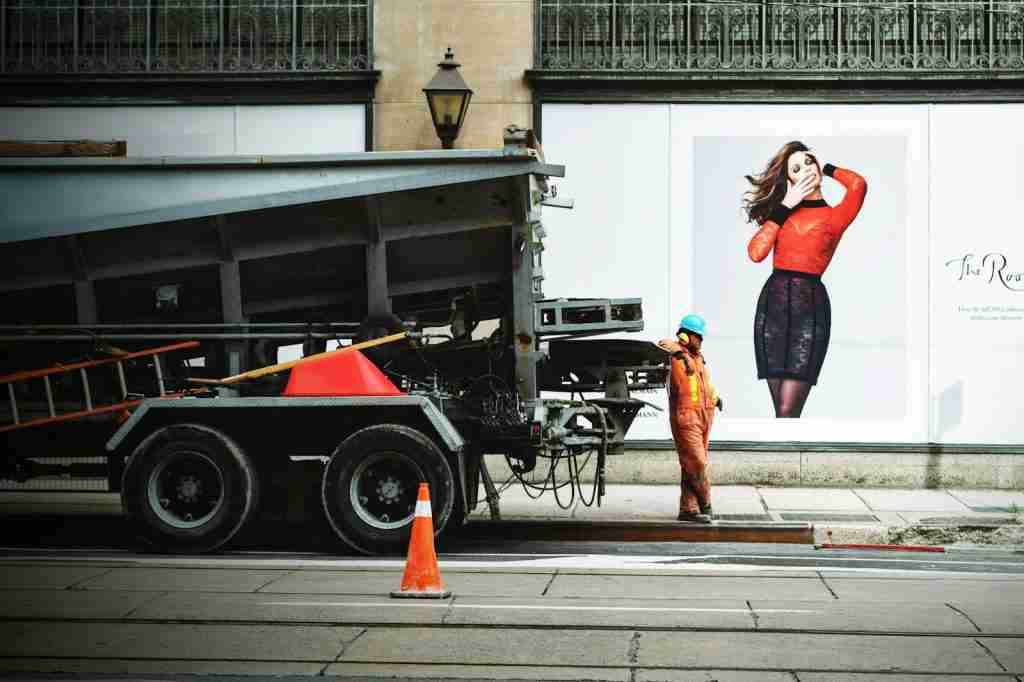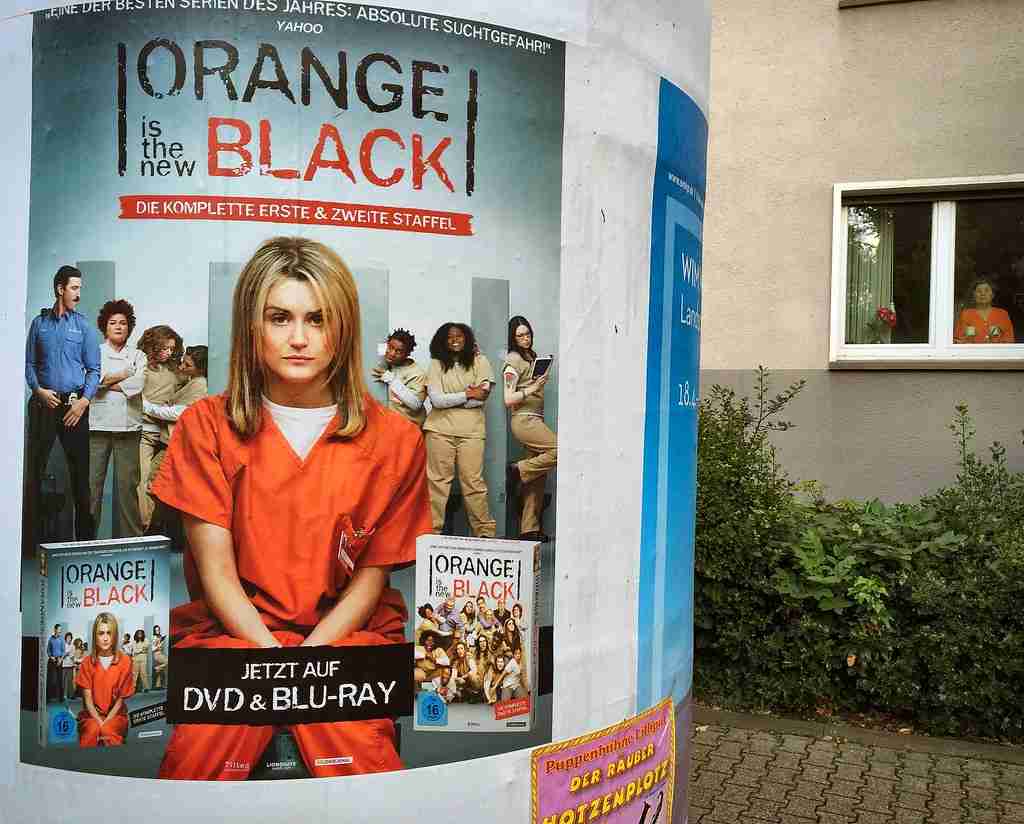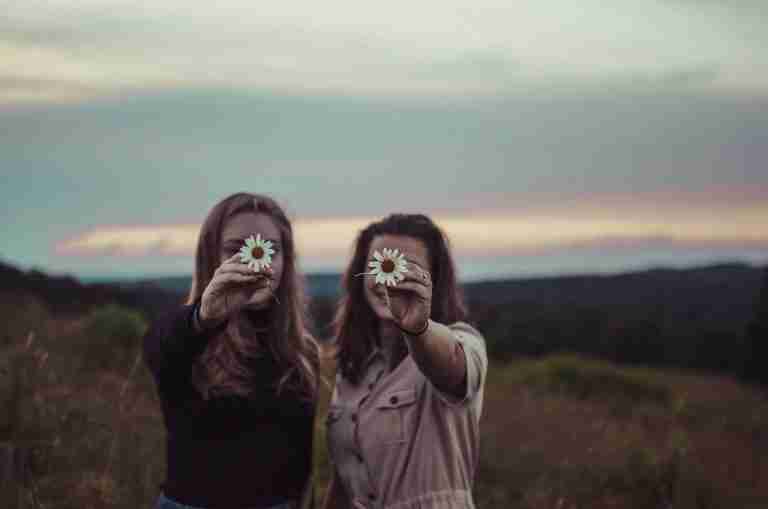25 Fun Facts About The Color Orange | The Untold Story
1. Orange is named after the fruit of the same name.
The color orange derives its name from the fruit of the same name. Originally, the fruit was called “naranga” in Sanskrit, which later became “naranja” in Spanish. When the fruit was introduced to English-speaking countries, its name was adapted to orange.
Eventually, the fruit’s color became synonymous with its name, and “orange” became a common descriptor for the hue.
2. The word orange was first used in English in the 14th century.
The term “orange” first appeared in the English language in the 14th century. Prior to this, the color was commonly referred to as “geoluread,” which translates to “yellow-red” in Old English.
With the introduction of the fruit to English-speaking regions, the name “orange” gradually supplanted previous descriptors. This linguistic evolution marked the official adoption of “orange” as the recognized term for the color in English.
3. Orange is one of the primary colors in the visible spectrum.
Orange is a significant primary color within the visible spectrum. Alongside red and yellow, it forms the foundational triad of hues derived from all other colors.
This positioning underscores its essential role in color theory and its prominence in various aspects of human perception and expression.
4. Orange is the color of the monarch butterfly.
Monarch butterflies, with their vibrant orange wings, utilize color as a warning signal to deter predators. The striking hue is a visual cue, indicating potential threats that the butterfly is toxic and should be cautiously approached.
This natural defense mechanism underscores the significance of orange in the animal kingdom as a symbol of both warning and protection.
5. Orange is the color of the robe Buddhist monks wore in Southeast Asia.

In Southeast Asia, Buddhist monks traditionally don vibrant orange robes to symbolize their faith and commitment to simplicity. The choice of orange or saffron dates back centuries and was primarily dictated by the dye available at the time. These robes, worn by Theravada Buddhist followers, signify detachment from materialism and adherence to a modest lifestyle.
Additionally, monks shave their heads further to embody principles of simplicity and renunciation of worldly attachments. This practice underscores Buddhism’s emphasis on inner fulfillment and spiritual enlightenment.
6. In ancient Egypt, orange was associated with the god Ra and the sun.
In ancient Egypt, the color orange held significant symbolism. It was often linked to the powerful deity Ra and the radiant sun. This association with the sun god Ra underscored the color’s connection to warmth, light, and vitality in Egyptian culture.
As Ra was a central figure in Egyptian mythology, the color orange became imbued with divine connotations, representing energy, renewal, and the cyclical nature of life. The vibrant hue adorned temples, tombs, and ceremonial artifacts, reflecting its revered status in ancient Egyptian society.
7. Orange is chosen for safety gear and prison jumpsuits due to its high visibility.
Due to its exceptional visibility, orange is frequently selected for safety equipment and prison jumpsuits. Its bright hue ensures easy identification in various environments, enhancing safety measures and reducing the risk of accidents.
Whether worn by construction workers on busy job sites or inmates in correctional facilities, the striking color serves as a visual warning, promoting awareness and precaution. This visibility factor makes orange an ideal choice for garments and gear in settings where safety is paramount.
8. Orange is the official color of the Netherlands and the House of Orange-Nassau.
The Netherlands proudly adopts orange as its national color, a centuries-old tradition. This vibrant hue symbolizes national pride and unity, reflecting the Dutch spirit and identity.
The House of Orange-Nassau, the country’s esteemed royal family, traces its lineage to the principality of Orange, further cementing the color’s significance in Dutch history. Even today, the title Prince of Orange remains used for the Dutch heir apparent, honoring this rich legacy.
9. The Golden Gate Bridge’s “international orange” shade protects against corrosion from salt and moisture.
The iconic Golden Gate Bridge boasts a distinct hue, “international orange,” chosen for aesthetics and its practical benefits. This unique shade serves as a protective barrier, shielding the bridge from corrosion caused by the salt and moisture of the surrounding ocean environment.
Its vibrant presence enhances the bridge’s visual appeal and ensures its structural integrity, contributing to its enduring legacy as a marvel of engineering and design.
10. The orange traffic cone was invented in the 1940s.

The need for safety devices became apparent in the 1940s amidst the burgeoning expansion of roads and automobile traffic nationwide. Charles D. Scanlon, a Los Angeles street department painter, rose to the occasion, designing the pioneering “safety marker” in 1940.
This innovation aimed to keep vehicles safely away from painted lines on city roads, providing a visible yet non-damaging solution. By 1943, Scanlon’s ingenuity was recognized with a patent for the Scanlon Safety Marker, marking the advent of the modern traffic cone.
11. Orange falls between red and yellow on the visible light spectrum.
Orange is between red and yellow on the visible light spectrum, with a wavelength ranging from approximately 590 to 620 nanometers. Its placement in the spectrum contributes to its vibrant and warm appearance.
This intermediate position gives orange its unique blend of characteristics from both red and yellow, including qualities associated with excitement, energy, and optimism.
12. Astronaut’s space suits worn inside the spacecraft are orange.
Astronauts wear the Advanced Crew Escape Suit, or the orange suit, during the space shuttle’s launch and landing. However, this suit cannot be worn for spacewalks.
Alternatively, NASA astronauts may don the Russian Orlan spacesuit for extravehicular activities, which is the Russian counterpart to the EMU used by NASA.
13. The Orange vehicle apparently says you are fun-loving and trendy.
Driving an orange vehicle suggests that you have a vibrant and outgoing personality, as the color orange is often associated with energy and enthusiasm.
Orange is a less common vehicle choice than more traditional colors like black, white, or silver, but it can also convey a sense of creativity and individuality. Choosing an orange car or truck may indicate that you enjoy standing out from the crowd and expressing your unique style on the road.
14. The UN’s campaign UNiTE to end violence against women designates every 25th day of the month as Orange Day.
The UN’s campaign UNiTE to end violence against women designates the 25th day of each month as Orange Day, symbolizing hope and a future free of violence. This initiative aims to raise awareness and promote action to prevent and eliminate violence against women and girls globally.
Orange Day encourages individuals and communities to wear orange and participate in events and activities to support the cause. By highlighting the significance of the color orange, the campaign emphasizes the importance of solidarity and collective efforts in addressing gender-based violence.
15. Orange is the color of the New York Knicks and the San Francisco Giants.
The Knicks’ orange jerseys and the Giants’ orange and black uniforms create strong visual identities for the teams. The color evokes a sense of energy and excitement often associated with sports.
The impact of the color orange on the world of sports is undeniable.
16. Orange is associated with saints and figures of strength in the Bible.
Orange is often linked with saints and figures of strength in the Bible, symbolizing qualities like courage, endurance, and divine protection. Religious texts notably referenced it as a color representing spiritual enlightenment and divine favor.
Throughout history, orange has been attributed to characters revered for their unwavering faith and resilience in the face of adversity.
17. Orange is associated with enthusiasm, creativity, and warmth.
It is considered a high-energy color that stimulates excitement, passion, and joy. This vibrant hue is often associated with creativity and innovation, making it a popular choice for artists and designers.
Additionally, the color is associated with warmth and comfort, making it a popular choice for home decor and fashion.
18. In China, the orange is associated with good luck and fortune.
In Chinese culture, the color orange is deeply intertwined with notions of good luck and prosperity. It’s often used in festive decorations and celebrations to usher in positive energy and auspicious beginnings.
From traditional ceremonies to everyday rituals, orange symbolizes blessings, abundance, and favorable outcomes.
19. Orange is the color of safety vests worn by construction workers and emergency responders.
Orange is a highly visible and recognizable color commonly used for construction workers and emergency responders in safety apparel. It helps to reduce the risk of accidents and injuries.
In many countries, orange safety vests are required by law for workers near roadways. Additionally, orange is used in safety cones and barriers to mark off hazardous areas.
20. The orange tree is native to China and was introduced to Europe in the 15th century.

The orange tree is believed to have originated in China and was cultivated there for thousands of years. Italian traders brought the fruit to Europe in the 15th century, where it quickly became popular.
Oranges were initially a luxury item, but their popularity led to widespread cultivation. Today, oranges are grown in many countries worldwide, including Brazil, the United States, and Spain.
21. Orange is the color of the “recycle” symbol.
The symbol is made up of three arrows forming a triangle and was first introduced in the 1970s as part of the environmental movement.
The color orange was chosen because it is highly visible and easily recognizable. The recycling symbol can be found on various products, encouraging individuals and businesses to recycle and reduce waste.
22. The orange blossom is the state flower of Florida.
Florida’s state flower is the orange blossom, a fragrant flower that represents the importance of the citrus industry to the state’s economy.
It is also associated with love, purity, and good fortune and is used in bridal bouquets and weddings. The flower blooms in spring and early summer, emitting a sweet, citrusy scent that is synonymous with the Sunshine State.
23. Orange is a color associated with joy, energy, and celebration.
Orange is a vibrant and energetic color often associated with joy and celebration. It is a warm color that evokes feelings of enthusiasm and excitement.
This color is also linked to creativity and inspiration, making it popular in the art and design world. Orange is thought to stimulate the appetite and encourage social interaction, which is why it is commonly used in restaurant decor.
24. Sports teams often use orange to associate with energy and competition.
Sports teams frequently choose orange for its vibrant energy and competitive connotations. Its bold presence on uniforms and logos symbolizes vitality and drive, rallying both players and fans alike.
The dynamic hue evokes a sense of passion and intensity, perfectly complementing the spirited atmosphere of athletic competitions.
This strategic use of orange helps teams stand out and exude confidence on the field or court, fostering a winning mentality and a strong sense of team spirit.
25. Orange Is the New Black is a Netflix show exploring life in a women’s prison.

Orange Is the New Black is a Netflix dramedy that follows Piper Chapman, a privileged woman sentenced to prison for a past drug offense. Navigating the complexities of life behind bars, Piper interacts with a diverse cast of inmates, each with their own stories.
The show delves into themes of friendship, resilience, and the challenges of the prison system, often with dark humor, earning critical acclaim for its portrayal of marginalized communities and social issues.
FAQS
Orange is often associated with enthusiasm, creativity, and adventure. It can also represent warmth, vitality, and optimism. In color psychology, orange is believed to evoke feelings of excitement and energy, making it a popular choice for brands and products aiming to grab attention and inspire action.
Some common names for the color orange include tangerine, pumpkin, apricot, and peach. Additionally, shades like burnt orange, persimmon, and coral are variations of the color.
Orange is typically created by mixing red and yellow.
Orange in love often represents enthusiasm, passion, and warmth. It can symbolize a vibrant and energetic relationship filled with excitement and adventure.
When it comes to pairing colors with orange, several options work well. You can pair orange with complementary colors like blue or purple for a bold and vibrant look. If you prefer a more subtle combination, neutrals like white, beige, or gray can help tone down the brightness of orange. Additionally, earthy tones like brown or olive green can create a warm and harmonious color scheme.







